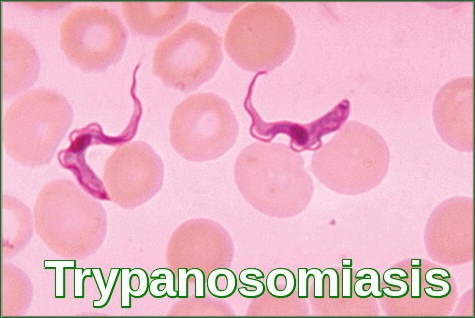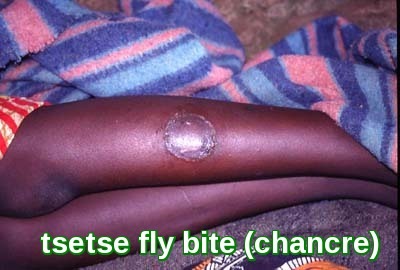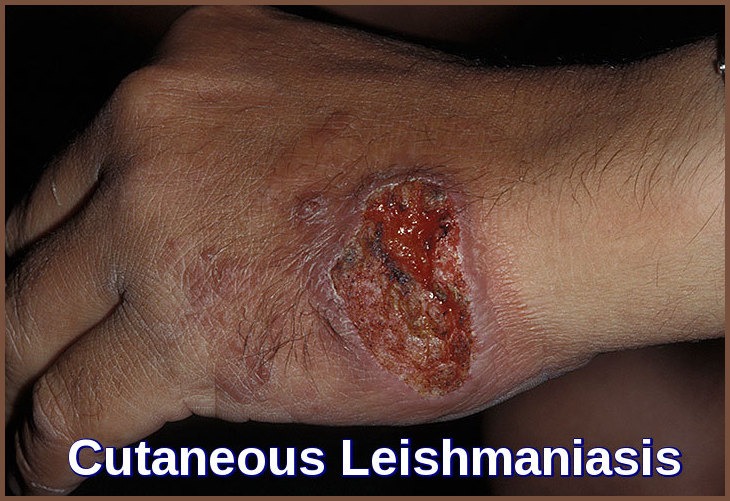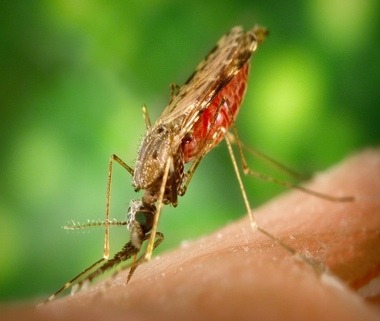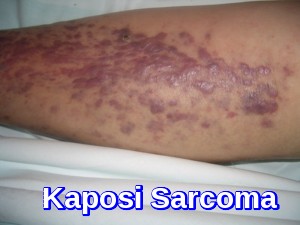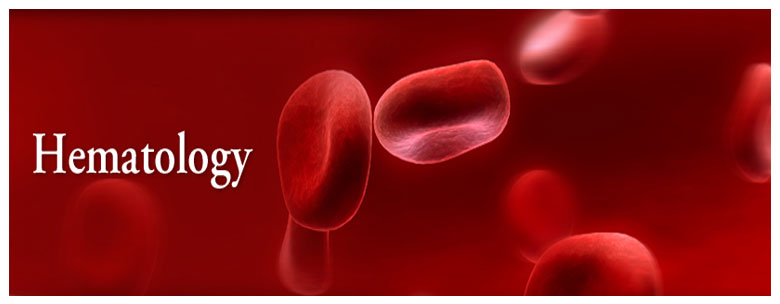Trypanosomiasis
Trypanosomiasis, also known as sleeping sickness, is a parasitic disease caused by Trypanosoma parasites transmitted to humans and animals through the bite of infected tsetse flies. Two types of trypanosomiasis affect humans:
American trypanosomiasis, also known as Chagas disease, affects millions of people throughout the Americas.
Carlos Chagas first described this disease in 1911 when he discovered the parasite in the blood of a Brazilian child with fever, lymphadenopathy, and anemia.
Trypanosoma cruzi, a protozoan hemoflagellate, is the parasite that causes this disease.
When humans are infected, the parasite can cause acute illness; however, the infection is generally asymptomatic. In some cases, usually many years after initial infection, the affected individual can have clinical signs and symptoms from damage to the heart or GI tract.
The disease is the leading cause of non-ischemic congestive heart failure worldwide and notably in Latin America where it is endemic.
Chagas disease can be treated with benznidazole or nifurtimox to kill the parasite. Both medicines are fully effective in curing the disease if given soon after infection at the onset of the acute phase, including cases of congenital transmission. The efficacy of both diminishes; however, the longer a person is infected, the more adverse reactions are more frequent at older age. Treatment is also indicated for those in whom infection has been reactivated (for example, due to immunosuppression) and for patients during the early chronic phase, including girls and women of childbearing age (before or after pregnancy) to prevent congenital transmission.
Human African trypanosomiasis, or sleeping sickness, is caused by infection with parasites of the genus Trypanosoma, transmitted by the tsetse fly.
The tsetse fly bite erupts into a red chancre sore and within a few weeks, the person can experience fever, enlarged lymph nodes, hematuria, aching muscles and joints, headaches and irritability.
In the first phase, the patient has only intermittent bouts of fever with lymphadenopathy together with other non-specific signs and symptoms.
The second stage of the disease is marked by the involvement of the central nervous system with extensive neurological effects like changes in personality, alteration of the biological clock (the circadian rhythm), confusion, slurred speech, seizures and difficulty in walking and talking.
These problems can develop over many years and if not treated, the person dies. It is common to the African continent.
The disease has two forms, Trypanosoma brucie (T b) rhodesiense and T b gambiense; and is almost always fatal if untreated.
Despite a recent reduction in the number of reported cases, patients with African trypanosomiasis continue to present major challenges to clinicians. Because treatment for CNS-stage disease can be very toxic, diagnostic staging to distinguish early-stage from late-stage disease when the CNS invaded is crucial but remains problematic.
Treatment:
Melarsoprol is the only available treatment for late-stage T b rhodesiense infection but can be lethal to 5% of patients owing to post-treatment reactive encephalopathy. Eflornithine combined with nifurtimox is the first-line treatment for late-stage T b gambiense.
Pentamidine and suramin are used in the first or early stage of T.b.gambiense and T.b. rhodesiense infections respectively.
New drugs are in the pipeline for the treatment of CNS human African trypanosomiasis, giving rise to cautious optimism.
Prevention:
Trypanosomiasis prevention primarily involves controlling the tsetse fly population, using insecticides to kill the flies, and avoiding exposure to their bites. Additionally, screening blood donors and implementing measures to prevent transmission through blood transfusions and organ transplants are important strategies in endemic areas. Early diagnosis and prompt treatment are crucial for improving outcomes and preventing the spread of the disease.
References:
WHO | Trypanosomiasis https://www.who.int/ith/diseases/trypanosomiasis/en/
WHO | Chagas disease (also known as American trypanosomiasis). https://www.who.int/news-room/fact-sheets/detail/chagas-disease-(american-trypanosomiasis)
Human African trypanosomiasis. Symptoms, diagnosis, and treatment. https://www.who.int/trypanosomiasis_african/diagnosis/en/
Centers for Disease Control and Prevention (CDC). “African Trypanosomiasis (Sleeping Sickness).” Available at: https://www.cdc.gov/parasites/sleepingsickness/index.html
Keywords:
trypanosomiasis symptoms in humans, trypanosomiasis treatment, trypanosomiasis is spread by, trypanosomiasis cruzi, sleeping sickness is spread by, is trypanosomiasis contagious.
